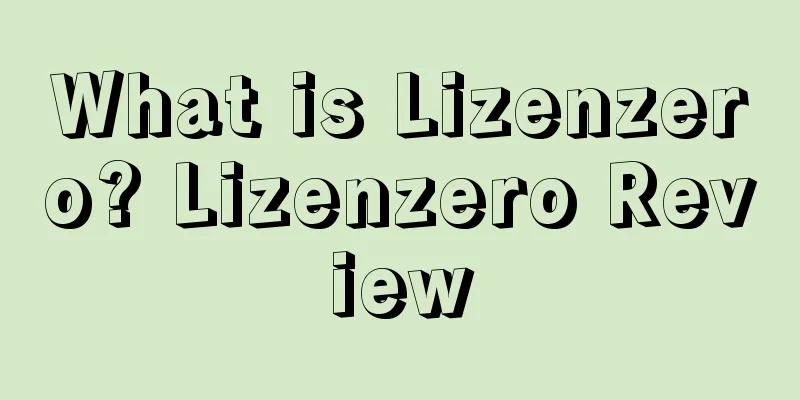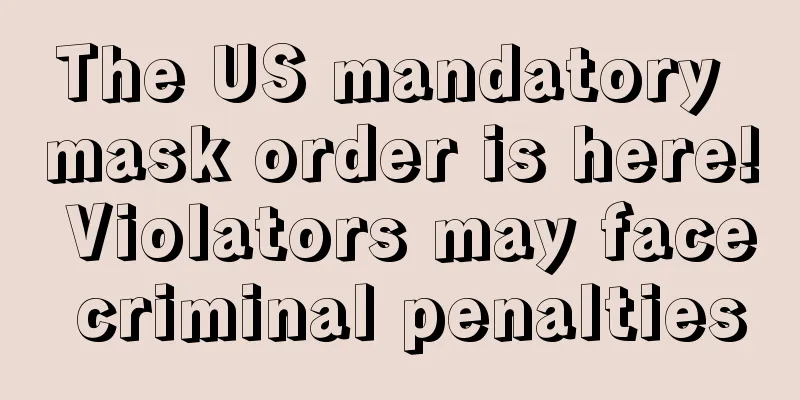What is priority (intellectual property)? Priority (intellectual property) evaluation

|
In patent, industrial design and trademark law, priority is a time-limited right triggered by the first application for a patent, industrial design or trademark. The priority right belongs to the applicant or his successor and allows him to file a subsequent application for the same invention, design or trademark and have the subsequent application be counted from the filing date of the first application in certain required examinations, thereby obtaining certain benefits. When filing the subsequent application, the applicant should "claim the priority of the first application" in order to take advantage of the priority. Classification patent The priority period, i.e. the time during which the priority right exists, is usually 6 months for industrial designs and trademarks, and 12 months for patents and utility models. For patents and utility models, the priority period is often also called the "priority year". In patent law, if a priority claim is valid, the filing date of the first application, also known as the "priority date", will be considered as the "effective filing date" for the purpose of examining the novelty, inventive step or non-obviousness of the later application claiming priority from the first application. In other words, in examining the novelty, inventive step or non-obviousness of the claims of the later application, the prior art considered is not all the public information that existed before the filing date (of the later application), but all the public information that existed before the priority date, which is the filing date of the first application. theory The basic purpose of the right of priority is to protect the interests of the patent applicant in his efforts to obtain international protection for his invention for a certain period of time, thereby alleviating the negative consequences of the territorial nature of patent law. type Convention priority "Paris Convention priority", also referred to as "Convention priority" or "Union priority", is a "priority right" under a multilateral agreement as defined in Article 4 of the Paris Convention for the Protection of Industrial Property, adopted in 1883. Convention priority is perhaps the best-known priority right. It is provided for in Article 4A.(1) of the Convention:
Article 4B of the Paris Convention describes the effect of the right of priority:
Article 2(1) of the WTO Agreement on Trade-Related Aspects of Intellectual Property Rights (TRIPs Agreement) together with the Paris Convention provides a "derivative" convention priority. That is, even if a WTO member does not ratify the Paris Convention, they are still required to comply with Articles 1 to 12 and 19 of the Paris Convention. (For a comparative list of the parties to the Paris Convention and the WTO member states, see PCT and Paris Convention Parties and WTO Member States on the WIPO website]). Priority under other multilateral agreements Certain priority rights are provided for by multilateral agreements, such as the European Patent Convention (EPC) and the Patent Cooperation Treaty (PCT). The Paris Convention only includes priority declarations of applications filed in Paris Convention contracting parties, but not priority declarations in European patent applications or international applications (PCT applications). European Patent Convention Article 87(2) of the European Patent Convention provides for the EPC priority system, or more precisely, for the recognition of the priority right of the first application filed in a Contracting State of the Paris Convention:
Article 89 of the European Patent Convention describes the effects of the right of priority:
As stated in the appeal proceedings before the EPO in decision G 3/93 of 6 August 2004 (fourth ground):
Patent Cooperation Treaty The Patent Cooperation Organization provides in Article 8(1) of its Treaty the possibility of claiming priority when filing an international application (PCT application):
PCT Rule 4.10(a) goes on to state:
However, the amendment to Rule 4.10 from 1 January 2000 does not apply to all designated Offices. For example, for the European Patent Office as the designated Office, the old Rule 4.10(a) still applies, which means that priority claims for first applications filed in WTO member countries other than Paris Convention contracting parties are not recognized. National priority Certain priorities are called "national priority" and are provided for by the laws of some countries. Such national priority allows an applicant to claim the priority of the first application when filing a subsequent application in the same country. The Paris Convention does not include national priority. Priority under bilateral agreements Certain priority rights are also based on bilateral agreements. A bilateral agreement between two countries may allow an applicant to claim priority when filing a second application in a second country after filing an application in the first country. Such bilateral agreements usually involve at least one country that is not a party to the Paris Convention. |
>>: What is OOFAY? OOFAY Review
Recommend
The US government is reviewing Alibaba's cloud services, saying it is "concerned about national security risks"!
<span data-shimo-docs="[[20,"获悉,据路透社报道,拜登政...
What is risk tax saving? Risk tax saving evaluation
Risk Tax Saving Type Glossary Risk tax saving refe...
Amazon’s largest traffic source – associated traffic
Image source: 123rf.com.cn All sellers know that A...
What is Pronto? Pronto Review
Pronto is a comparison shopping site owned by Barr...
New theme for A+ pages: Holiday theme, prepare for Christmas!
This morning, Amazon proposed a new theme for A+ ...
There are changes again! There are several updates to Amazon coupons!
text Recently, Amazon has significantly increased...
Sellers, please note! Starting September 26, this type of listing will be banned by Amazon!
Know today Amazon updates adult product listing p...
Get ready for peak season! Tips for preparing for Amazon inventory!
The 2021 "holiday sales season" is appr...
Poshmark's India expansion plan revealed! Trying to disrupt its social e-commerce market
Social commerce is becoming a major consumer pheno...
New Year, New Business Opportunities! Amazon’s U.S. Wedding Market Penetration Rate Reaches 45%
According to a recent survey by data analysis agen...
By using these two tips, you can also optimize your ad ACOS
How can we optimize the ACOS of ads reasonably? H...
Noon platform investment sharing! Let's dig into the 10 billion e-commerce market in the Middle East!
background Noon is a joint venture between Emaar ...
Another cross-border money-making mecca: Chinese sellers snatch orders from Saudi tycoons
"Saudi Arabia in the Middle East is rich as h...
What is Cross-border Knowledge? Cross-border Knowledge Review
Cross-border Know is a cross-border information an...
Amazon Pure White Hat Promotion Model
What I want to share with you today is the Amazon ...









